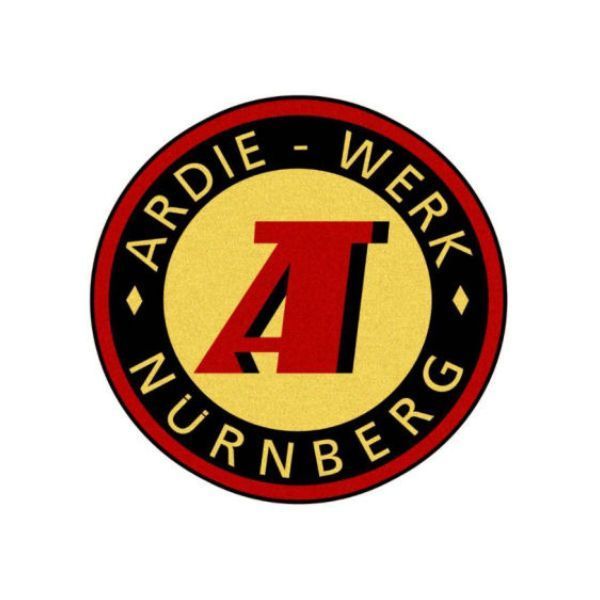Ardie
Ardie Motorcycles, a name synonymous with innovation and engineering prowess, embarked on its journey in the bustling city of Nürnberg, Germany. From its inception in 1919, Ardie was not just a motorcycle manufacturer; it was a beacon of mechanical artistry and a testament to the visionary spirit of its founder, Arno Dietrich. This article delves into the lesser-known facets of Ardie's history, exploring its engineering feats, design evolutions, and its impact on the motorcycle industry.

The story of Ardie Motorcycles is one of constant evolution and adaptation. In its early years, the company was known for its unique engineering solutions. Unlike its initial models with in-house engines, Ardie soon began experimenting with novel designs and external collaborations, marking a new era of diversity in its production line.
Ardie's shift to using external engines in the mid-1920s was a strategic move that broadened its technical horizons. This period saw Ardie motorcycles adopting engines from various manufacturers, showcasing a blend of German engineering and international expertise. This phase was crucial in diversifying Ardie's product range, offering riders a wider array of choices.
One of the most intriguing chapters in Ardie's history is its venture into automobile manufacturing. The creation of the Volkswagen prototype by Josef Ganz under Ardie's banner was a bold step, illustrating the company's willingness to explore beyond motorcycles. This project was a significant milestone, showcasing Ardie's versatility in vehicle engineering.
After the tumult of World War II, Ardie Motorcycles made a remarkable comeback, focusing on technological advancements and refining its engine designs. This era was marked by the introduction of sophisticated two-stroke engines, which became a hallmark of Ardie's post-war models. These engines, known for their reliability and efficiency, played a vital role in re-establishing Ardie's reputation in the motorcycle world.
Throughout its operational years, Ardie Motorcycles witnessed a significant evolution in design aesthetics. From the classic round and red fuel tanks of the early models to the sleek and modern designs of the post-war era, Ardie's motorcycles mirrored the changing trends and preferences of riders.
Ardie Motorcycles not only carved a niche for itself in the industry but also influenced motorcycle design and engineering globally. Its approach to innovation, adaptation to changing market demands, and commitment to quality left an indelible mark on the world of two-wheelers.
Though Ardie ceased production in 1958, its legacy continues to inspire motorcycle enthusiasts and manufacturers alike. The story of Ardie Motorcycles is not just about the machines it produced; it's a narrative of innovation, resilience, and the relentless pursuit of excellence.
Additional Ardie Logos
Author: William Flaiz

